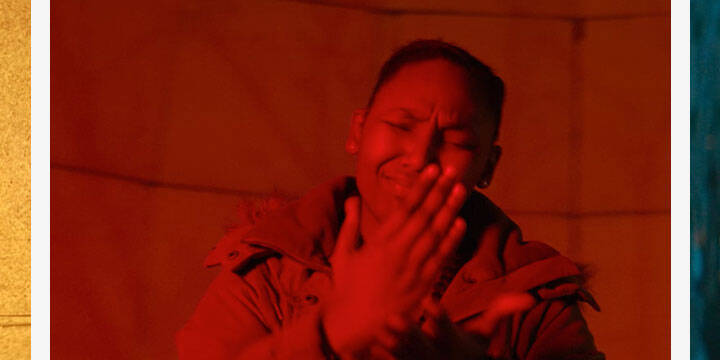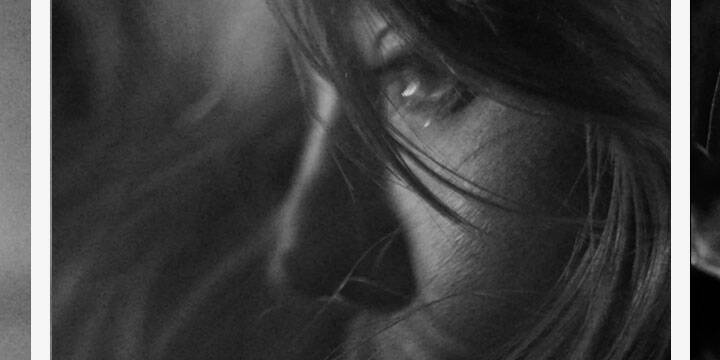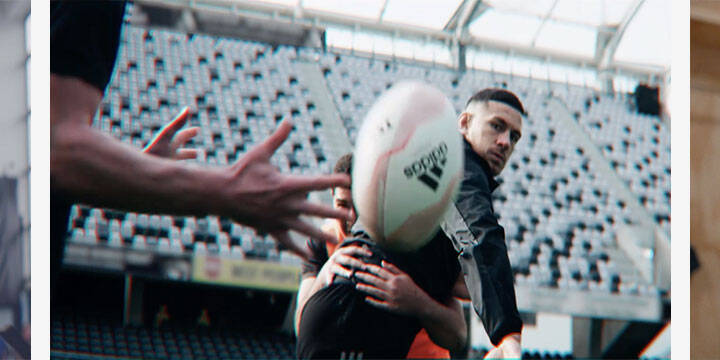When Sky asked my company Red Earth Studio to produce a short five to twelve minute 3D film in the Amazon for their Rainforest Rescue campaign, I knew we were in for a challenge.
Sky had an interactive pod travelling around the UK in an attempt to raise £2 million to help save one billion trees in the Brazilian rainforest, promoting awareness of environmental issues and sustainability.
It made this a creative, worthwhile cause that I felt privileged to be involved with.
The general consensus is that 3D is limited to controlled, set-up environments due to the size of the equipment and the complex workflow. But Sky, keen to push these limits, wanted a hand-held feel for this film and therefore approached us as a production company as we specialise in observational documentaries.
We were undoubtedly excited as this would be our first foray into 3D filming and, as commissions go, this had to be one of the most demanding. Having spent the previous few months noticing the buzz and excitement around 3D in the TV industry, it was great to be able finally to get to find out what all the fuss was about. And the best part? We had just one week to organise it!
Originally it was planned that we film in the western most region of the Amazon in Acre, which is the forest sponsored by the Sky Rainforest Rescue programme. However, situated on the border with Peru, the logistics and costs of this location made it impossible to get to, so we relocated the shoot to the district around Manaus.
We had just five days to film everything and we really couldn’t afford any serious delays.
The location promised us plenty of forest, a rich variety of animals, indigenous tribes and should anything go wrong we were close enough to civilization.
Nevertheless, it was going to throw up plenty of challenges for both crew and equipment.
It was intensely humid and we were smack bang in the middle of the rainy season which meant a bout of torrential rain every afternoon and I don’t mean like normal rain, I mean a waterfall’s worth of rain. Fill up a bucket of warm water and then pour it over yourself. That kind of rain – a testing environment indeed for the array of electronics we would be relying on. Oh and let’s not forget it’s a yellow fever and malaria area.
On a previous shoot in Los Angeles, I had met Bruce Austin (3D stereographer) and Sean Coles (cinematographer) from BAP and 3Rive Productions, respectively. They had built a clever little prototype Si2k beam-splitter 3D rig that was small and light and worked with Schneider 8mm wide angle Cinegon lenses.
The feed from both cameras was perfectly synced and they were able to output into one single QuickTime file onto a Cinedeck unit mounted on the back of the rig.
We had evaluated all the options prior to the shoot, from REDs to EX3s, but all were too big, heavy and/or clunky. The Si2K ticked all the boxes; it was slimline, very easy to handle and operate, and made ENG style filming in 3D a reality.

The style of the film is ob-doc, handheld and we used a beam splitter camera using Schneider 8mm Cinegons, wide angle fixed lenses. For close up shots we would use the side by side camera with XA4x7.5DA-1 (7.5 to 30) Fujinons as well as the Linos 30mm lenses.
Bruce and Sean decided to throw in a second Si2k side-by-side camera with XA4x7.5DA-1 (7.5 to 30) Fujinon C-mount lenses for the close-up shots. This recorded onto a 1 Beyond hard drive unit, just in case the Cinedeck failed in the notorious Amazon humidity.
The flamboyant Richard Rasmussen is one of Brazil’s top wildlife TV presenters whom we had worked with on previous projects. He spends most of his time travelling around the wildlands of Brazil and was an ideal candidate for this production. His English was a little rusty, but it was good enough and his engaging style of presenting more than made up for any slightly odd grammar.
The idea was to film Richard guiding us through the forest, showing us the amazing creatures that live in it – monkeys, snakes, tarantulas, lizards, parrots, insects, all the while informing us about the importance of the trees and the balance of the eco system in this amazing rainforest.
We had time to also film him dance to the strains of panpipes with local tribespeople, feed pink river dolphins and climb high above the forest canopy on a huge tower. Richard’s walkabout was to offer visitors to the pod a rich and varied experience of this part of the Amazonian rainforest.
First day of the shoot and it pours with rain. Due to extreme the humidity, one of the recording units shuts down and filming comes to a worrying halt.
Every shot had to be meticulously studied after every take. We had to check for any raindrops or humidity on the lenses, insects and lens flare.
It is definitely a slow process and it felt like working with a complicated film camera, probably a little more slower because there are so many factors to take into consideration that don’t exist in 2D.
The Cinedeck is an incredible piece of kit. As well as serving as our recording unit, it allowed us to replay footage back and to check the images coming from both lenses.
We were also able to view both live pictures, as well as rushes, in anaglyph mode. This is not a perfect image, but it did allow us to check whether the I/O (interocular), or 3D effect, was too much or too little.
Bruce, the stereographer, was very rigorous in looking after this. Because there were lots of trees and branches appearing in the foreground, we kept the I/O – or the distance between the two cameras – to a minimum (between 1/4 and 1/2 inch), so that it wasn’t too disturbing on the eye.
Despite the dark interior the Si2K handled really well and we were able to push the picture in post without it breaking up. The off line edit was done at Red Earth Studio and all post was done at Prime Focus, London.

A UK-US-Brazil team effort. The crew from L to R: Adam Docker, Carlos Campos, Tiago Bittencourt, Pedro Guimaraes, Sean Coles, Freeman White, Bruce Austin, Pedro Neto and Richard Rasmussen













